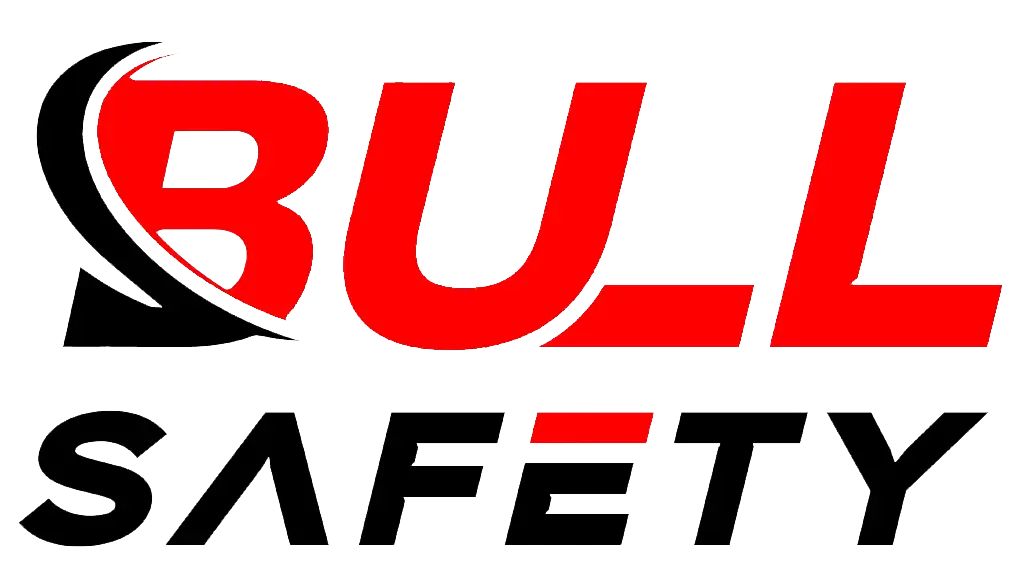
bullsafety 18g 4221E PU palm coated gloves
In industries where workers are exposed to sharp objects, machinery, or other cutting hazards, safety should always come first. One of the most essential pieces of protective gear is cut-resistant gloves. These gloves offer a critical layer of defense against injuries that could result from cuts, abrasions, or punctures. In this guide, we’ll dive into the types of materials used in cut-resistant gloves, key safety standards, and how you can select the best gloves for your business. If you’re looking to import high-quality gloves, we recommend Microfoam Cut-Resistant Gloves from BullSafety. Let’s explore why these gloves are an excellent choice for B2B customers in the US and EU markets.
What Are Cut-Resistant Gloves?
Cut-resistant gloves are designed to provide protection against cuts, slashes, and punctures. Made from special fibers and materials, these gloves help safeguard workers in industries such as construction, food processing, automotive, and more. Whether workers are handling sharp tools, glass, metal, or knives, these gloves offer the necessary protection while maintaining dexterity for safe and efficient operation.
Types of Materials Used in Cut-Resistant Gloves
The effectiveness of cut-resistant gloves depends largely on the materials used in their construction. Here’s a breakdown of the most common materials:
1. Kevlar®
Kevlar is one of the most popular materials used in cut-resistant gloves due to its strength and durability. Originally developed by DuPont, this synthetic fiber is well-known for its use in body armor, but it’s also highly effective in protecting workers’ hands. Kevlar gloves offer excellent cut resistance, are lightweight, and comfortable to wear for long hours.
2. Dyneema®
Known for its lightweight properties, Dyneema is a polyethylene-based fiber that is incredibly strong. It provides high cut resistance while remaining flexible and comfortable. Dyneema gloves are often used in industries like food processing, where dexterity is just as important as protection.
3. Stainless Steel Mesh
Gloves made with stainless steel mesh offer superior cut protection by using interwoven metal wires. These gloves are ideal for high-risk environments like meat processing or metalworking, where workers are dealing with sharp tools and machinery. While they provide unparalleled protection, they can be a bit heavier and less flexible compared to fiber-based gloves.
4. Nitrile Coated Gloves
Nitrile is a popular material for glove coatings because it offers a non-slip grip combined with cut resistance. Nitrile-coated gloves are commonly used in manufacturing and assembly lines, where workers need to handle materials like glass, metal, or sharp tools with precision.
5. Polyethylene
Polyethylene is another lightweight and strong material that provides excellent cut resistance. It is often used in combination with other fibers like nylon for added strength. Polyethylene gloves are known for their comfort and ability to provide protection without sacrificing dexterity.
Comparison of Materials
| Material | Key Features | Best Use Cases | Strengths | Weaknesses |
|---|---|---|---|---|
| Kevlar® | Strong, durable, heat-resistant | Construction, automotive, glass handling | Lightweight, durable | Limited flexibility, costlier |
| Dyneema® | Lightweight, flexible, strong | Food processing, electronics assembly | High cut resistance, comfort | Less durable in extreme environments |
| Stainless Steel Mesh | Extremely strong, metal-based | Meat processing, metalworking | Superior cut resistance | Heavy, less dexterous |
| Nitrile Coated | Non-slip, strong, flexible | Manufacturing, handling glass and metal | Great grip, cut-resistant | Can degrade with long-term use |
| Polyethylene | Lightweight, comfortable, flexible | General handling, warehouse work | High comfort and flexibility | Lower cut resistance compared to others |
Safety Standards and Certifications
When selecting cut-resistant gloves, it’s important to ensure that they meet specific safety standards. These standards guarantee that the gloves provide the level of protection advertised. Here are the two most common certification systems:
ANSI/ISEA Cut Resistance Standard
The ANSI/ISEA 105 standard rates gloves based on their cut resistance from A1 (lowest) to A9 (highest). Gloves are tested using a cutting machine that measures the amount of force required to cut through the material. Depending on the application, you should select gloves with the appropriate rating for the level of risk.
EN 388: European Standard
The EN 388 standard is widely recognized in Europe and covers several factors, including abrasion, cutting, tearing, and puncture resistance. Cut resistance is graded from 0 to 5, with 5 being the highest level of protection. If you’re in the EU market, look for gloves that meet these standards to ensure compliance.
CE Marking
The CE marking ensures that the gloves meet the health and safety requirements of the European Union. If you’re importing cut-resistant gloves into the EU, ensure that the gloves carry the CE mark, indicating compliance with European safety regulations.
Benefits of Using Cut-Resistant Gloves
There are many reasons why businesses should invest in high-quality cut-resistant gloves:
1. Enhanced Worker Safety
The primary benefit of cut-resistant gloves is protection against injury. By preventing cuts and punctures, they reduce the risk of workplace accidents and minimize downtime due to injuries.
2. Increased Productivity
Workers can focus on their tasks without worrying about the risk of cuts. This leads to better productivity, fewer disruptions, and a safer working environment.
3. Comfort and Durability
Modern cut-resistant gloves are designed for comfort. They are lightweight, breathable, and durable, ensuring that workers can wear them for extended periods without discomfort.
4. Compliance
Many industries require compliance with safety regulations. Using gloves that meet ANSI1 and EN 3882 standards ensures that your business complies with workplace safety laws.
Key Benefits at a Glance
| Benefit | Description |
|---|---|
| Enhanced Worker Safety | Reduces risk of injury by preventing cuts and punctures |
| Increased Productivity | Allows workers to focus on tasks, boosting efficiency and safety |
| Comfort and Durability | Lightweight and breathable, designed for long wear |
| Compliance | Meets safety regulations, ensuring legal adherence |
How to Choose the Right Cut-Resistant Gloves for Your Business
Choosing the right gloves can be challenging, but understanding the specific needs of your workplace can guide you in the right direction. Here are a few key considerations when selecting gloves:
1. Know the Level of Protection You Need
Not all workplaces have the same level of risk. If your employees handle extremely sharp materials, look for gloves with higher protection ratings (A7 to A9 for ANSI, 4 or 5 for EN 388).
2. Fit and Comfort
Gloves that fit well are essential for comfort and dexterity. Ensure that the gloves you choose fit snugly without being too tight or too loose.
3. Material Considerations
Choose the material based on your workplace’s needs. For instance, if dexterity is crucial, go for Dyneema3 or Kevlar®4 gloves. If extreme protection is necessary, consider stainless steel mesh gloves.
4. Grip and Dexterity
If your workers need to handle delicate objects, gloves with a nitrile coating or other grip-enhancing materials are ideal. Look for gloves that balance protection with dexterity for the best results.
Why Microfoam Cut-Resistant Gloves by BullSafety Are the Ideal Choice
If you are looking for top-notch cut-resistant gloves, we highly recommend the Microfoam Cut-Resistant Gloves from BullSafety. These gloves are designed with high-quality materials that provide excellent protection while maintaining flexibility and comfort. They are tested to meet ANSI and EN 388 standards, ensuring your workers are protected in the most demanding environments.
The Microfoam5 coating enhances the grip, making these gloves ideal for tasks requiring precision and handling of sharp materials. For businesses looking to import cut-resistant gloves that provide both safety and comfort, these gloves are a smart choice.
For more information and to place an order, visit BullSafety Microfoam Cut-Resistant Gloves.
Conclusion
Cut-resistant gloves are essential for ensuring the safety of workers in hazardous environments. When choosing gloves for your business, it’s important to consider the level of protection, material, and fit. By investing in high-quality gloves, you not only protect your employees but also enhance productivity and ensure compliance with safety standards. For the best in cut protection, look no further than Microfoam Cut-Resistant Gloves from BullSafety.
-
This link will tell you the ANSI from wikipedia. ↩
-
This link will tell you the EN test standard from wikipedia. ↩
-
This link will tell you the Dyneema information from wikipedia. ↩
-
This link will tell you the Kevlar information from wikipedia. ↩
-
This link will tell you the microfoam style from wikipedia. ↩



